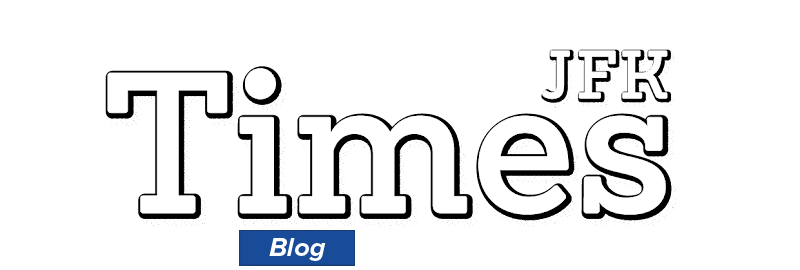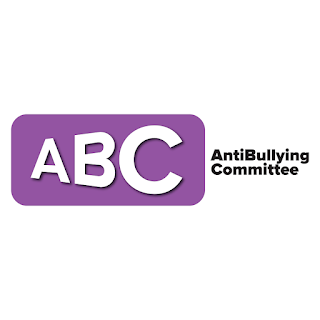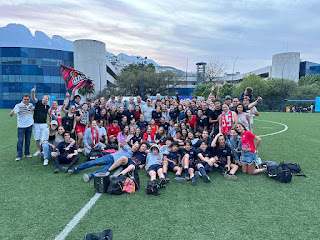Bullying and it's components, learn more about bullying prevention
What is Bullying?
A person is being bullied when he/she is exposed, repeatedly and over time, to negative actions on the part of one or more other persons, and he or she has difficulty defending himself or herself.
Negative action is when a person
intentionally inflicts injury or discomfort upon another person, through
physical contact, through words or in other ways. Bullying includes both overt
and covert behaviors.
What
are the three components of bullying?
1. Bullying is aggressive behavior that is done on purpose. The person who bullies tries to hurt someone on purpose. It could be through physical actions, through words, by leaving someone out intentionally, or by posting mean comments or embarrassing photos online.
2. Bullying usually happens more than once. While bullying usually happens again and again, it may be hard for adults to know if an aggressive act is just a “one time” problem or a pattern of abusive behavior. Adults should always take action when they see bullying happening.
3. Bullying is about power. In bullying, there is a difference in power between the person(s) who bully and the individual who is bullied. This power imbalance may involve differences in physical size or strength, popularity, social or economic status, athletic, academic or other abilities, or access to embarrassing information. Or there may be a difference in numbers, with several kids ganging up on one person.
Bullying can take different forms. It can
be direct or indirect:
Direct (face to face) bullying usually involves face-to-face actions that can be:
- (physical) hitting, kicking,
tripping,
- spitting, pushing, destroying
property,
- using rude hand gestures
(verbal)
- taunting, name calling,
insulting, making threats
- inappropriate sexual or racial
comments.
- spreading rumors,
- trying to hurt someone’s
reputation, harming friendships or relationships,
- sending mean or embarrassing
messages or photos online or through cell phones,
- leaving someone out of a group
or activities.
Bullying is abuse. Like other kinds of abuse, it isn’t the fault of the person who is bullied, even if he or she annoys or irritates others. And it isn’t simply “kids being kids.” No one has the right to bully someone else.
The JFK school community needs to provide a safe environment. To stop bullying behaviors at our school we need to work together. As parents you can help us by reporting any case of bullying that you are aware of, you can report anonymously using our webpage www.jfk.edu.mx or personally and the school will take appropriate action. Remember the more information we can get the more effective we can act.
Together we can make a difference.
Anti-Bullying Committee
¿Qué
es el “bullying”?
Una persona está siendo buleada cuando es expuesta constantemente a acciones negativas de parte de una o más personas, y tiene dificultad para defenderse a sí misma.
Se refiere a acciones negativas cuando una persona tiene la intención de perjudicar o incomodar a otra a través de contacto físico, comentarios inadecuados, etc. El bullying incluye tanto las conductas abiertas como las encubiertas.
¿Cuáles son los componentes del bullying?
1. El Bullying es una conducta agresiva que se comete intencionalmente. El agresor trata de hacer sentir mal a una persona. Esto puede ser a través de acciones físicas, comentarios, exclusión o subiendo comentarios o fotos inapropiadas en las redes sociales.
2.El Bullying normalmente ocurre más de una vez. Aunque el bullying ocurre repetidamente una y otra vez, puede ser difícil para los adultos saber diferenciar si el acto agresivo es un problema de "una sola vez", o es en realidad un patrón de comportamiento abusivo. Por ello, los adultos siempre deben actuar ante un comportamiento de bullying.
3. El Bullying es cuestión de poder. En el bullying hay una diferencia de poder entre la persona que acosa y la que es acosada. Este desequilibrio de poder puede implicar diferencias en el tamaño o la fuerza física, la popularidad, la condiciones sociales, económicas, atléticas, académicas u otras habilidades, o el acceso a la información personal que pueda ser usada para avergonzar, también hablamos de desequilibrio de poder cuando son varias personas las que acosan a otra.
La intimidación puede tomar diferentes formas. Puede ser directa o indirecta.
Directa (cara a cara) bullying generalmente implica acciones que pueden ser:
- (física) golpes, patadas,
zancadillas,
- escupir, empujar, destruir la
propiedad,
- el uso de gestos con las manos
(verbal)
- burlas, insultos,
amenazas,
- comentarios sexuales raciales
inapropiados.
Indirecta (a espaldas de alguien o escondida)
- difusión de rumores,
- tratando de herir la reputación
de alguien, perjudicando amistades relaciones,
- el envío de mensajes o fotos embarazosos
a través de los teléfonos celulares, o en línea,
- dejando fuera a alguien de un grupo o actividades
El Bullying es un abuso. Al igual que otros tipos de
abuso, no es culpa de la persona que está siendo intimidada, incluso si él o
ella molesta o irrita a otros. No es solo “niños siendo niños”. Nadie
tiene derecho de bulear a nadie.
La comunidad escolar JFK necesita proporcionar un ambiente seguro. Para detener el bulllying, en nuestro colegio necesitamos trabajar juntos. Como padres pueden ayudar reportando cualquier conducta de bullying que les preocupe, lo pueden hacer de manera anónima a través de nuestra página www.jfk.edu.mx, o de manera personal, para que la escuela pueda tomar acciones adecuadas ante la situación, recuerda que entre más información nos proporcionen más efectiva será nuestra intervención.
Juntos podemos hacer la diferencia.
Anti-Bullying
Committee





Comments
Post a Comment